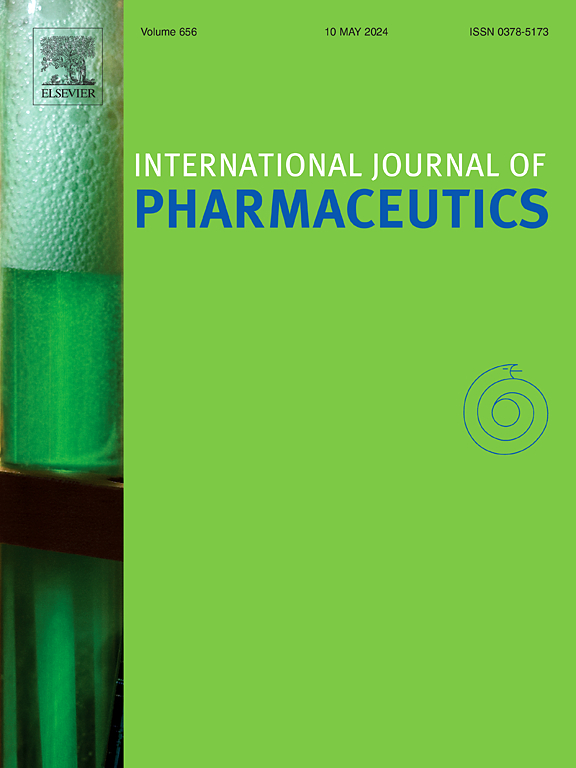Quercetin-loaded solid lipid nanoparticles for enhanced anti-helminthic activity
IF 5.3
2区 医学
Q1 PHARMACOLOGY & PHARMACY
引用次数: 0
Abstract
Quercetin, a naturally occurring flavonoid, exhibits various anti-carcinogenic, anti-viral, anti-inflammatory properties, and anti-helminthic properties. Still, a major portion of orally administered quercetin is metabolized in the intestine and only little amount get absorbed in the portal veins, attributing to its poor bioavailability. The lipid content of food increases the solubility, which inspired us to fabricate lipid-based nanoparticles that will be biocompatible, orally administrable, and enhance the effectiveness of quercetin in hosts. Quercetin-loaded solid lipid nanoparticles (SLN-Qt) are spherical-shaped, water-soluble in nature, and nanocarriers having a hydrodynamic size of 130.7 ± 42.0 nm showing a drug entrapment efficiency of 79.75 % with sustained drug release of 37.5 ± 1.5 % within the first 24 h at pH 6.4. The drug release was observed till 6 days with 93.7 ± 3.0 % of drug release at pH 7.4. These results suggest improved drug entrapment, high saturation solubility, and better drug distribution. The in-vivo analysis was performed in house rats (Rattus rattus), which were found infected with Syphacia muris, Aspicularis tetraptera, Hymenolepis diminuta, Hymenolepis nana, Cysticercus fasciolaris, Calodium hepaticum, and/ or Trichuris muris. SLN-Qt (200 mg/Kg) treatment showed a significant reduction of parasite egg counts (85.09 ± 15.00 %) of gastrointestinal helminths after 3-dose weekly treatment. Liver histology and biochemical analysis of blood plasma and liver homogenate showed no toxic effects of quercetin and SLN-Qt. Therefore, SLN-Qt presents a promising strategy for delivering poorly soluble drugs and could be a valuable tool in controlling parasitic infections and diseases.

求助全文
约1分钟内获得全文
求助全文
来源期刊
CiteScore
10.70
自引率
8.60%
发文量
951
审稿时长
72 days
期刊介绍:
The International Journal of Pharmaceutics is the third most cited journal in the "Pharmacy & Pharmacology" category out of 366 journals, being the true home for pharmaceutical scientists concerned with the physical, chemical and biological properties of devices and delivery systems for drugs, vaccines and biologicals, including their design, manufacture and evaluation. This includes evaluation of the properties of drugs, excipients such as surfactants and polymers and novel materials. The journal has special sections on pharmaceutical nanotechnology and personalized medicines, and publishes research papers, reviews, commentaries and letters to the editor as well as special issues.

 求助内容:
求助内容: 应助结果提醒方式:
应助结果提醒方式:


